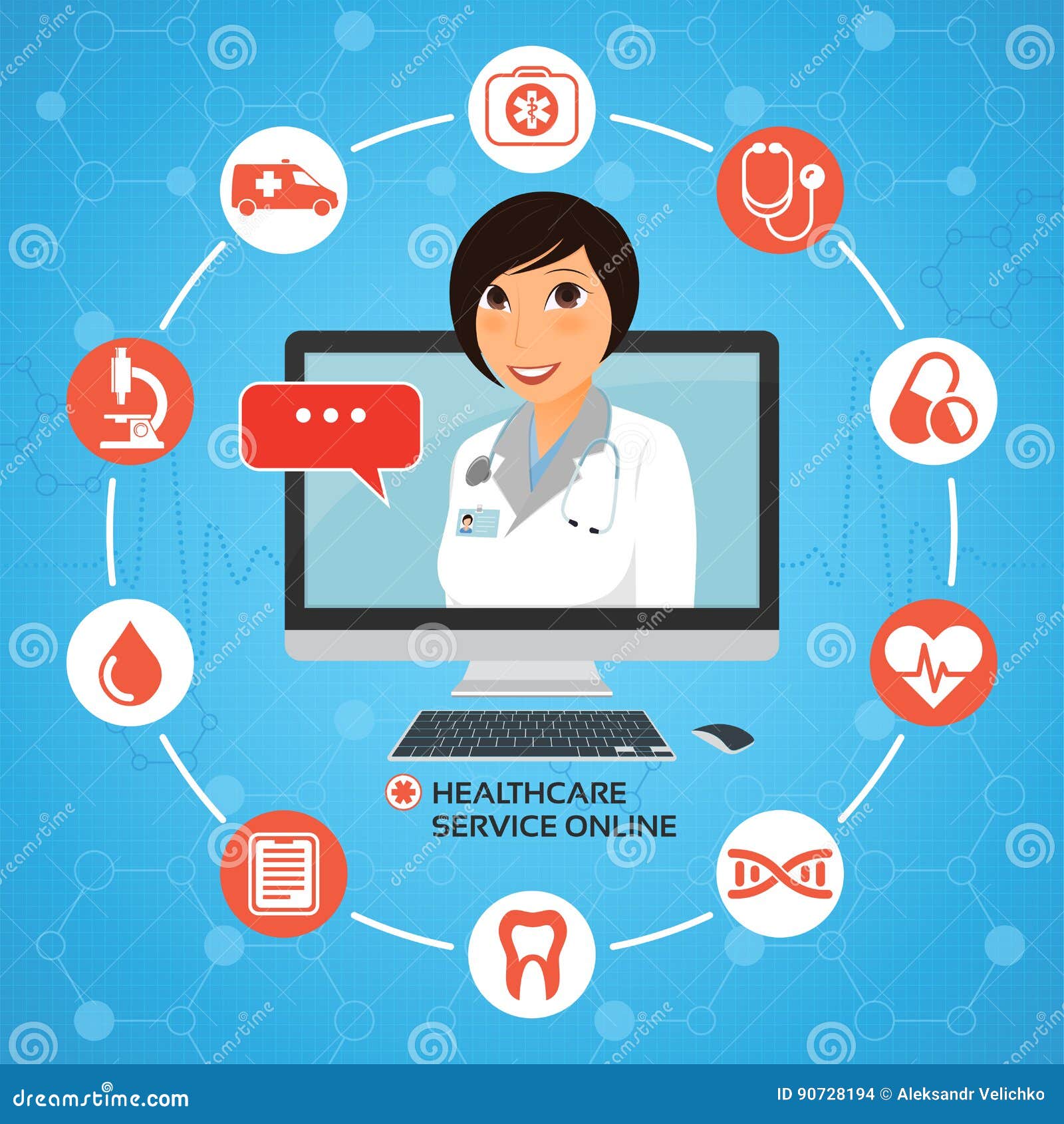The Effect of Subscription Based Healthcare on Traditional Medical Practices
The Effect of Subscription Based Healthcare on Traditional Medical Practices
Blog Article
Exactly How Subscription-Based Medical Care Is Transforming the Clinical Market

The Rise of Subscription Healthcare
Recently, the health care industry has experienced a substantial shift towards subscription-based designs, showing wider consumer patterns favoring convenience and predictability. This change is driven by the enhancing demand for more easily accessible and individualized treatment services. Membership healthcare, sometimes referred to as attendant medication or direct medical care, supplies individuals a fixed monthly fee for a series of clinical services, significantly altering typical fee-for-service designs.
The increase of subscription healthcare is facilitated by improvements in technology, which allow streamlined communication in between providers and people - subscription based healthcare. Digital platforms and telehealth services have actually become indispensable, using clients the capacity to arrange appointments, accessibility medical documents, and get consultations online. This technical integration not just enhances individual engagement yet also enables service providers to supply much more reliable care
Furthermore, the membership design lines up with the advancing assumptions of people that look for even more control over their medical care expenditures and experiences. While this version is obtaining grip, its spreading encounters obstacles such as governing difficulties and the need for wider approval within the standard health care ecological community.
Advantages for Patients and Service Providers
Subscription-based health care provides a wide range of advantages for both patients and service providers, improving the characteristics of treatment. For people, this version supplies improved access to medical care solutions. With a predictable month-to-month charge, clients can delight in unlimited appointments, lowered wait times, and personalized treatment. This arrangement often brings about a more aggressive method to health administration, permitting prompt treatments that can prevent persistent conditions from rising. In addition, the economic transparency of subscription versions minimizes the changability connected with standard fee-for-service billing, alleviating the burden of unexpected medical expenses.
For doctor, subscription-based versions foster an even more gratifying and lasting technique. By securing a stable earnings stream, carriers can concentrate on providing high-quality treatment without the stress of volume-based service. This design motivates longer person examinations, promoting stronger patient-provider relationships and boosting health outcomes. In addition, it supplies companies the flexibility to innovate and incorporate precautionary and all natural care practices. Administrative jobs are usually streamlined, lowering overhead prices and permitting providers to dedicate even more time to individual interaction. Generally, subscription-based health care lines up the incentives of patients and providers, advertising a much more efficient and patient-centered medical care shipment system.
Key Functions of the Version
Frequently, the crucial attributes of the subscription-based health care version highlight its distinct approach to delivering medical solutions. Central to this model is the idea of foreseeable, month-to-month payments, offering patients a detailed variety of solutions without the unpredictability of conventional fee-for-service frameworks. This design usually includes limitless access to medical care solutions, preventive care, and routine examinations, making sure that people can involve with their doctor proactively as opposed to reactively.
Additionally, direct communication channels, such as telemedicine and messaging platforms, are emphasized, allowing patients to obtain prompt suggestions and consultations without requiring in-person consultations. This boosts access and ease, specifically for people with wheelchair restrictions or those residing in remote areas. The version additionally promotes official site stronger doctor-patient relationships, as medical care carriers are incentivized to concentrate on long-lasting health outcomes as opposed to short-term gos to.
Moreover, subscription-based medical care usually incorporates technological technologies, such as electronic wellness documents and health monitoring applications, to give tailored and effective treatment. Patients profit from collaborated and continual care management, which is customized to their particular wellness requirements. Inevitably, these functions collectively produce a patient-centered healthcare experience, focusing on accessibility, price transparency, and preventative care.

Factors To Consider and difficulties
While the subscription-based healthcare design uses various advantages, it is not without its factors to consider and challenges. One substantial difficulty is ensuring fair access. Registration models might inadvertently prefer those with greater socioeconomic condition, possibly widening variations in healthcare gain access to for lower-income people who might have problem with regular monthly costs. This increases moral concerns regarding inclusivity and equity in medical care delivery.
An additional challenge hinges on regulative conformity. Subscription-based medical care must navigate a complicated web of guidelines that differ by area, consisting of concerns around patient confidentiality, data protection, and state licensing demands. Making sure conformity without restraining the version's adaptability and innovation can be daunting for companies.
Furthermore, there is the danger of overutilization or underutilization of solutions. Individuals paying a taken care of charge may overuse services, resulting in enhanced operational costs, while others might underutilize due to be afraid of straining the system, possibly overlooking required care.
Future Prospects and Innovations
The landscape of subscription-based medical care is positioned for improvement with emerging innovations and evolving leads. As modern technology proceeds to advance, the integration of expert system and artificial intelligence presents substantial opportunities to improve diagnostic accuracy and improve patient monitoring. Anticipating analytics can transform preventative treatment by identifying possible health and wellness risks prior to they materialize, thereby lowering both expenses and the burden on medical care systems.
Furthermore, telemedicine is readied to broaden within subscription designs, offering clients increased accessibility to healthcare professionals you could check here despite geographical constraints. This not just promotes continuity of treatment but additionally equips patients to involve even more actively in their wellness monitoring. Furthermore, blockchain technology uses potential in protecting person data and making certain interoperability across platforms, cultivating trust and openness.
The development of customized try these out medication is an additional frontier, with subscription designs giving a distinct structure for supplying tailored health options. Hereditary testing and customized treatment strategies can be flawlessly integrated, aligning individual requires with details clinical interventions. Partnerships between tech business and health care carriers are most likely to generate cutting-edge remedies, boosting person experiences and end results. As these leads appear, subscription-based medical care has the possible to redefine just how treatment is provided and accessed.
Verdict
Subscription-based healthcare is changing the clinical industry by using a more easily accessible, predictable, and patient-centered method to clinical services. In spite of obstacles such as regulatory obstacles and possible disparities in gain access to, the registration model holds guarantee for an extra personalized and effective health care experience.
Membership medical care, sometimes referred to as attendant medicine or direct main treatment, supplies patients a fixed regular monthly charge for an array of clinical solutions, significantly altering conventional fee-for-service designs.
In addition, the registration model aligns with the developing expectations of individuals that look for even more control over their health care costs and experiences. For individuals, this version gives boosted accessibility to medical care solutions. On the whole, subscription-based medical care straightens the motivations of service providers and clients, promoting a more patient-centered and efficient healthcare distribution system.
In addition, telemedicine is set to broaden within membership models, offering patients increased accessibility to medical care experts no matter of geographical restrictions. - subscription based healthcare
Report this page